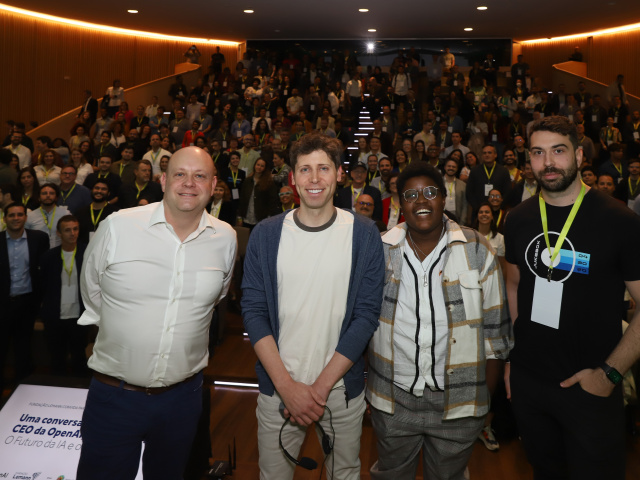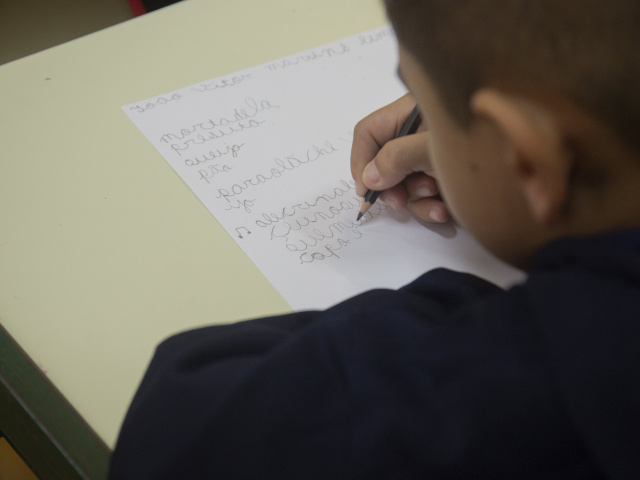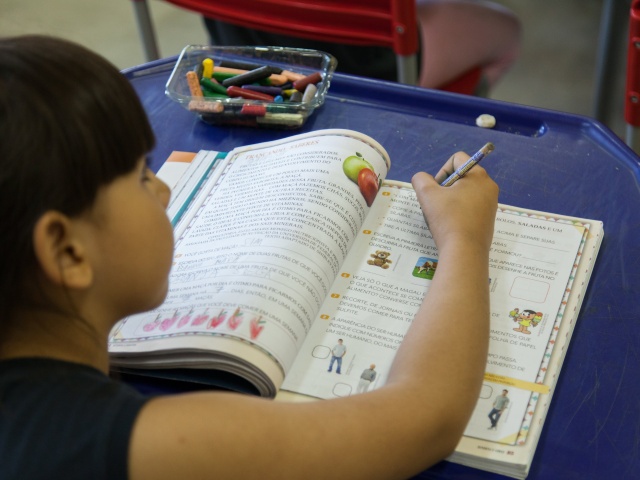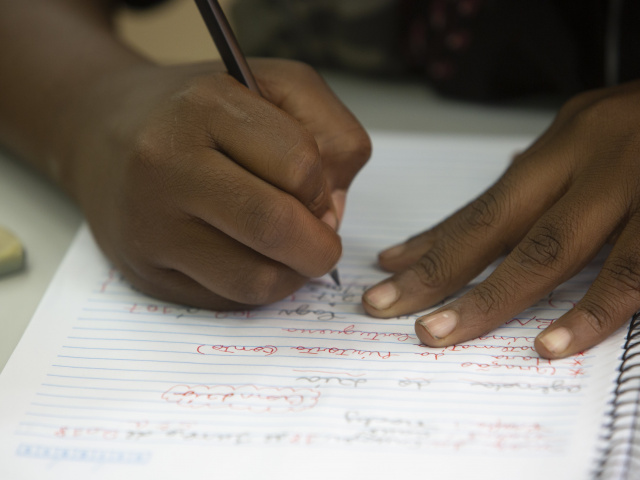Amid debates about Brazil’s future, economic policy’s intricacies always take center stage. They form the axis for important, lateral topics: health, environment, education, etc. It is essential to deepen the conversation about the economy's direction and its most pressing issues, such as the fight against inflation, the fiscal crisis, or energy costs. On the other hand, it is worth noting that the electoral debate's almost complete historical dominance around specific economic policies – reforms, spending caps, and so on – has neither brought the expected results for the economy nor Brazil's comprehensive development. The country's growth in the last 40 years was much less than expected. One issue that helps to explain this lies precisely in the structure of the debate: the main factor that allows Brazil to be a more just and developed country must be brought to center stage, how to ensure that our children and young people leave school prepared for life. Brazil will be a much better country if we start to invest massively in what may be our only permanent competitive advantage: a highly-educated population capable of creating, undertaking, and participating in constructing a technological and interconnected economy.
According to FGV calculations, Brazil closed the decade from 2011 to 2020 with the worst economic period in 120 years. The average annual GDP growth was just 0.3%, the lowest since the first decade of the 1900s. Industry gradually lost ground. In 1985, the manufacturing sector accounted for 36% of the GDP. In 2021, it did not even hit 12%, according to figures from the Brazilian National Confederation of Industry (CNI).
The scenario designed for the future sounds like more of a downward economic trajectory, and bringing education to the center of the debate could be our turning point. Education turns dreams and potential into reality. More capable, prepared, and motivated citizens are a collective transformation tool for the country. Therefore, it is impossible to dissociate development policy from education policy. Or again: education policy should be the central axis of Brazil's development policy.
Despite the federal government's complete absence in forming effective educational policies under the current administration, Brazil has seen significant progress in this area in the last twenty years. We have universalized enrollments, lengthened compulsory education to four years old and up, created a clear vision of what each student is expected to learn with the National Learning Standards, and improved funding for basic education. We have instituted a robust assessment system, allowing us to identify successes and shortcomings and learn from successful outcomes. Between 2007 and 2017, the number of students reaching the fifth grade with adequate learning doubled, and centers of excellence emerged in Brazil's cities and states. Despite all this, the data is still frightening: 50% of children do not become literate at the right age, 40% of young people drop out of school, and only 6% finish high school with adequate math skills. How do we leave more than 90% of young people without education and expect the country to develop? It's as if the country was trying to drive uphill on an oily road with the handbrake on. Without dramatically accelerating the learning pace, Brazil will always be working below its capacity and, more seriously, frustrating the dreams and rights of millions of people.
The good news is that this can be reversed. The first step is to ensure that all children are literate at the right age. If that does not happen, future learning is compromised, and the risks of failure, truancy, and dropout increase. In Brazil, the best-known case of transformation is that of Sobral, in the state of Ceará (CE). In 2000, two out of five third graders (eight-year-olds) could not even read a word.
Since then, the city government has developed a management plan to eradicate illiteracy, reduce school dropouts, and valorize the pedagogical management of schools. Sobral established a public education network that became a national reference. In 2015, Sobral became the city with the best Basic Education Development Index (IDEB) in Brazil, receiving a score of 9.1 in 2017, against the national average of 5.6. That inspired the state of Ceará to develop the Literacy at the Right Age Program (Programa de Alfabetização na Idade Certa – PAIC), a public policy created in 2007 by the government of Ceará, leading the State to teach 92.7% of its children to read and write in the second grade. PAIC's experience has been expanded in partnership between State and Municipal Governments and civil society and is now in 11 States.
In addition to focusing on literacy, it is fundamental that we prioritize education management, a strategy to foster excellent, equitable education. This approach proposes that Brazil's educational networks revolve around securing the education of all students. It seems obvious, but that is certainly not the current norm. School professionals and education departments use the students learning data to build a clear action plan to foster the best educational practices that can overcome each bottleneck that impedes school success. They receive training and support and institute follow-up routines that allow them to continually improve these practices. Programs with this focus have gained scale in recent years and have proven that it is possible to shorten the learning curve.
A third factor merits our attention: extending the students’ school day. Once again, the good news is that this is possible, and there's an excellent example in Brazil. In Pernambuco, 59% of public high school students are in full-time schools. According to a study published in "Economics of Education Review", the students’ averages in these schools were 50% higher in Portuguese and 30% in Math than in regular schools.
Last but not least, we need to attract and retain even better teachers. The selection and training of future teachers is a central element of educational policy in countries that prioritize education, such as Singapore, Finland, and Chile.
With the right to quality education guaranteed, every child will be able to achieve their dreams. At the collective level, in turn, Brazil will only be able to reach its development potential when all children finish school having effectively learned. Breaking the cycle of inequality and low growth is possible if we just put our commitment to our children and young people at the center of our priorities.



